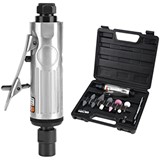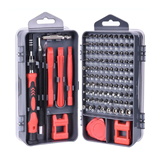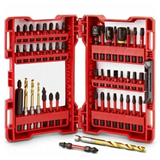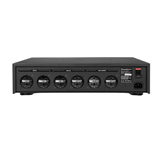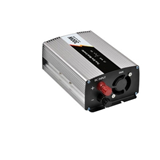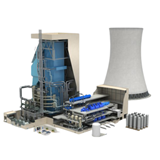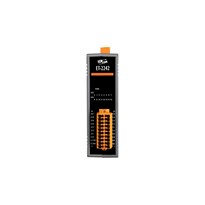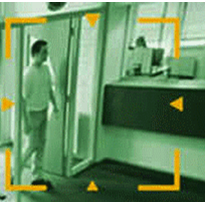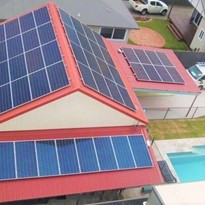Whether you’re a seasoned DIYer or just starting out, having the right power tools can make a huge difference in the success and enjoyment of your projects.
In this article, we’ll explore some of the essential power tools for DIY beginners and provide tips on how to use them safely and effectively.
Cordless Drill
A cordless drill is a must-have power tool for DIY beginners. With a rechargeable battery and multiple drill bits, you can easily drill holes in:
- Wood
- Metal
- Plastic
- Brick & stone (with a hammer drill)
And use it to drive screws and bolts effortlessly. Look for a drill with adjustable speed and torque settings, as well as a comfortable grip and keyless chuck for easy bit changes, like this cordless drill from Metabo.
Circular Saw
A circular saw will quickly become one of your favourite tools, allowing you to make straight and angled cuts into:
- Wood
- Plywood
- Particleboard
- MDF (medium-density fibreboard)
- Plastic
- Metal
- Some types of masonry (depending on the blade & saw’s power and speed).
Choose a saw with a sharp blade, adjustable depth and angle settings and a safety guard that covers the blade when not in use, like this affordably priced saw from Makita. Always wear eye and ear protection when using a circular saw and follow the manufacturer’s instructions for proper use and maintenance.
Circular Saw
A circular saw will quickly become one of your favourite tools, allowing you to make straight and angled cuts into:
- Wood
- Plywood
- Particleboard
- MDF (medium-density fibreboard)
- Plastic
- Metal
- Some types of masonry (depending on the blade & saw’s power and speed).
Choose a saw with a sharp blade, adjustable depth and angle settings and a safety guard that covers the blade when not in use, like this affordably priced saw from Makita. Always wear eye and ear protection when using a circular saw and follow the manufacturer’s instructions for proper use and maintenance.
Random Orbital Sander
A random orbital sander is essential if you want to smooth and polish:
- Wood (hardwood, softwood & engineered wood)
- Metal (aluminium, steel and other alloys)
- Painted surfaces (wood, metal, plastic & more)
- Fibreglass
- Plastics (acrylic, polycarbonate & more)
- Composite materials
- Stone (granite, marble, etc)
This amazing power tool uses a circular sanding pad that moves in random orbits, which helps to prevent swirl marks and produce a smoother finish. With a range of grits and sanding discs to choose from, you can customise the level of abrasion and the quality of the finish for your specific project. However, it’s important to use the right sandpaper and to follow the manufacturer’s instructions for proper use and safety. For an entry level variant, try the Geiger 6” GP 1205.
Heat Gun
A heat gun can be used for a variety of home DIY projects, including:
- Removing paint & varnish from wood, metal & other surfaces
- Softening & shaping plastic & vinyl materials
- Shrinking heat-shrink tubing & film
- Thawing frozen pipes & locks
- Drying & curing paint, adhesive & other coatings
- Loosening rusted bolts & nuts
- De-soldering electronic components
- Removing stickers & decals from surfaces
- Forming & bending PVC pipes
- Welding & brazing metal materials
With adjustable temperature and fan speed settings, you can control the amount and intensity of heat that is applied. Consider this Katana 18V cordless heat gun to get your job done! And remember to always wear heat-resistant gloves and eye protection when using a heat gun and follow the manufacturer’s instructions for proper use and safety.
Where Do I Find the Right Power Tools for Me?
Looking for high-quality industrial tools and equipment? Look no further than Wilson’s Industrial Sales! With a wide selection of top-rated brands and expert customer service, we’re your one-stop shop for all your industrial needs.



